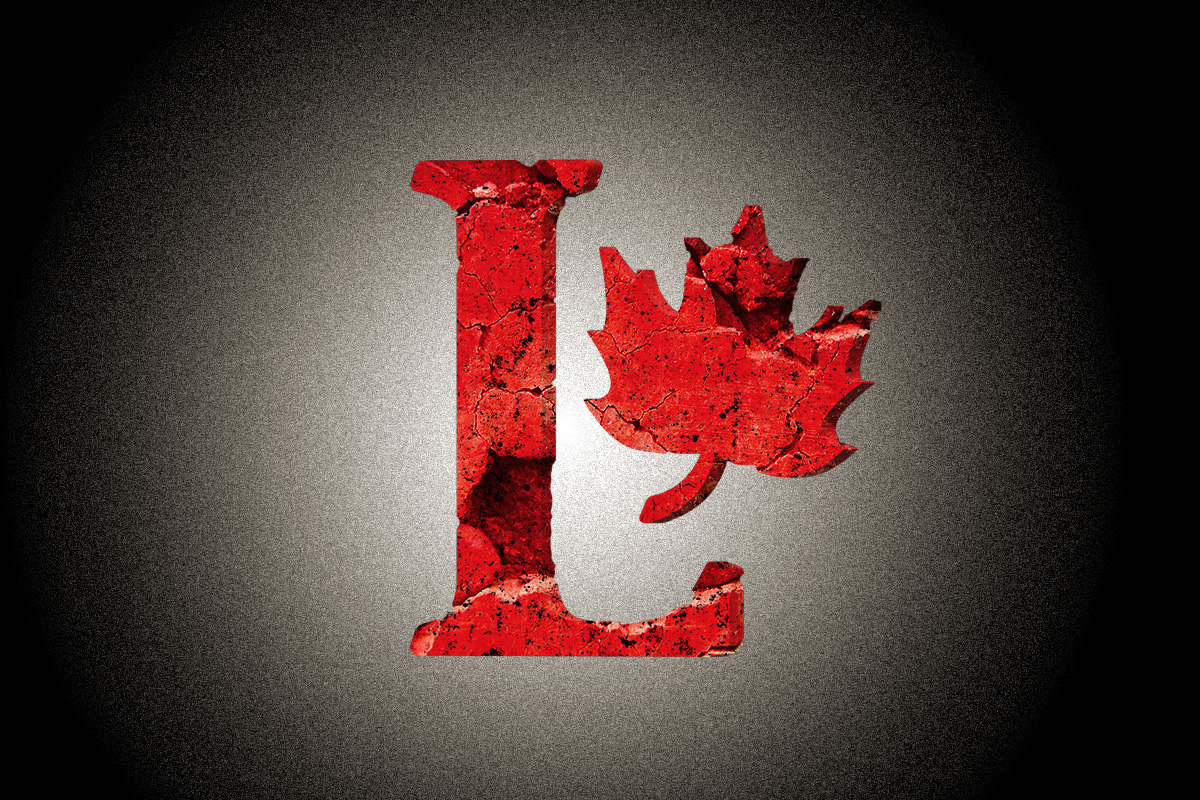
The Liberals are mired in crisis. The party has plummeted in the polls and has lost two by-elections in what were normally safe seats. From the “sunny ways” of Trudeaumania, the Liberal brand is now a dirty shirt.
But the rejection of the natural governing party of Canada simply represents the growing disgust with the status quo and a rejection of the establishment. This ushers in a new epoch of instability, crisis and polarization. Canada has entered the storm with the rest of the world.
Delaying the inevitable
Ever since the crisis of 2008, the capitalist system has been on shaky ground. As the livelihoods of millions have been brought into question, political instability has gripped the world. The bourgeoisie in country after country have struggled to maintain control as anti-establishment moods have led to resurgent populists to the left and right.
Canada has only ever been ruled by two parties: the Liberals and the Conservatives. The first manifestation of the crisis in Canadian politics was therefore a threat to the two-party system. In 2011, an “orange wave” carried the NDP to the position of official opposition. The Liberals were relegated to third place for the first time in history.
But this is where Canada took a detour.
In 2015, the NDP seemed like they were headed for a historic victory. However, the NDP leaders squandered this opportunity, positioning themselves as responsible stewards of capitalism who would balance the budget. This allowed Trudeau to outflank the NDP to the left and capture the mass anger against the right-wing Harper Conservatives.
Trudeau scored the most votes ever recorded in a Canadian election, saving the Liberals.
The Canadian ruling class watched with a feeling of trepidation as chaos spread to what were normally considered “stable” countries like the United States and Britain. The capitalists lost control of both the Conservative and the Labour parties in Britain. Trump took control of the Republican Party and then shockingly became president of the United States.
But the ruling class in Canada found a temporary island of relative stability in a sea of chaos. Instead of instability, we have enjoyed (or suffered through) the “sunny ways” of Justin Trudeau and the Liberal Party.

From the moment he was elected, Trudeau had a conscious policy: make it seem as though he was on the side of the people. He appeared in major demonstrations, taking selfies. He opportunistically spoke in favour of unions and claimed to be a feminist. Compared to Boris Johnson or Donald Trump, Trudeau became the darling of establishment progressives the world over. He didn’t rock the boat, he stabilized the ship. For establishment liberals he was a shining example that polarization and instability could be avoided.
However, this was an illusion as Trudeau was only buying time. Instead of the austerity measures pursued by governments around the world, Trudeau ran deficits for every single year he has been in power. The federal debt has doubled since Trudeau came into office. This was a conscious policy of doing everything in the federal government’s power to stabilize the social equilibrium and delay the inevitable.
But the crisis of capitalism cannot be wished away. Now all of the chickens have come home to roost.
Liberals in crisis
The Liberals have plummeted in the polls and trail the Conservatives by nearly 20 per cent. In particular, Trudeau’s approval rating has fallen from nearly 70 per cent in 2015-2016 to a low of 30 per cent today—lower than that of Joe Biden. Recent polls show that only 14 per cent of people want to re-elect the Trudeau government.
And the fallout has already begun. In the last couple of months, they have lost by-elections in the Liberal strongholds of Toronto-St. Pauls and Lasalle-Émard–Verdun. NDP Leader Jagmeet Singh, in an attempt to distance himself from the hated Liberals, abruptly announced the end of the “confidence-and-supply” agreement to prop up the Liberals.
The discontent with the Liberals has even manifested itself within the party. Over 50 Liberal party staffers boycotted the Lasalle-Émard–Verdun by-election due to the government’s continued support for Israeli imperialism. And the rats are beginning to flee the sinking ship. Quebec lieutenant for the party Pablo Rodriguez resigned as transport minister on Sept. 19 and will sit as an independent. This is in addition to Seamus O’Regan, who resigned his post as labour minister stating that he did not intend to run in the next election. This was after multiple former ministers and Liberal premiers called on Trudeau to resign.
This phenomenon is not just at the federal level. In every province, the Liberal Party is in some sort of crisis. In Quebec, they are a shadow of their former selves ever since the CAQ rose to power. In British Columbia, the Liberal Party has been subsumed by the Conservative Party which has risen from the dead. All over the country, the Liberals are wildly unpopular.
End of the status quo
Whether the Liberal government succeeds in surviving until October 2025 or is brought down earlier, their days are numbered. And this would not represent a normal changing of the guard.
The decline of the “natural governing party” of the country represents the last gasp of the untenable status quo.
None of the much-lauded policies of the Liberals and the NDP have solved any of these pressing issues facing working class people. The housing crisis cannot be solved while respecting parasitic landlords and developers. Public services cannot properly be funded while spending billions on defending the interests of Canadian imperialism. And living standards cannot be improved while respecting the right of billionaires to make record profits.
Millions of working class people are justifiably angry and are looking for a solution to their problems.
Whatever federal government follows will be in a far worse position, with much less room to maneuver. Future developments in Canada will therefore more closely mirror those in the United States and European countries: instability, political polarization, crisis, class struggle and revolution.

